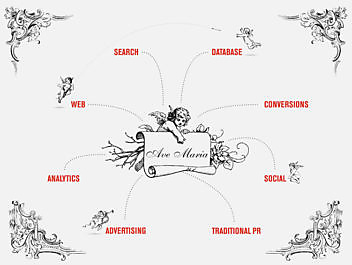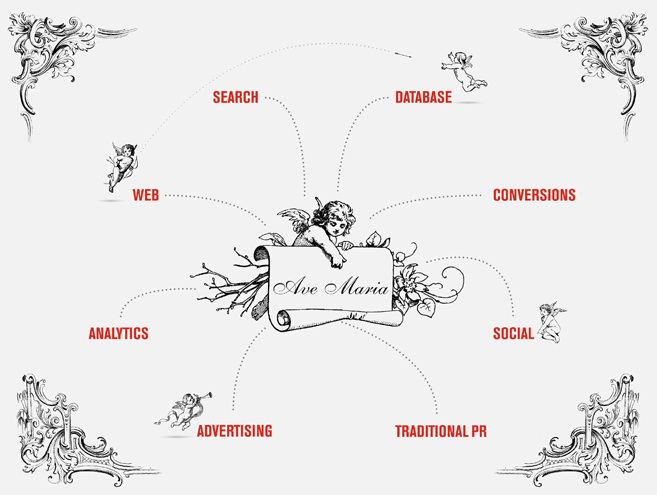Show me a B2B content marketer, with access to a blog, and I’ll show you a Grade A, Category 1 moaner.
If there’s such a thing as a template for a B2B content marketing blog post; then it looks a bit like this:
Dear Prospective Client,
That thing you’ve been trying to do. Well, you’re not doing it right.
Here’s a reason, preferably a list of reasons, why it’s going pear-shaped.
And here’s how we can save you from yourselves.
Send your cheques to…
We call it the Helen of Troy structure because – going by my Twitter feed – it launches about a thousand posts a day.
We’ve all done it. I moaned the other week about the feeling of doom – the Ave Santini Moment – as planning starts its descent to content marketing hell.
But maybe it’s time to focus on the clients getting it right, and applaud a tangible shift toward content marketing best practices in recent months.
The Ave Maria Moment
More recent planning discussions have honed in on one of content marketing’s sweetest spots: where content production and promotion work in harmony give you one almighty return on investment.
It’s the Ave Maria Moment: the feeling of marketing ecstasy (of the old-fashioned kind) accompanied by the sound of a celestial choir making soothing music in my head as a plan starts coming together.
And this one comes together hard to put content at the fulcrum of the whole B2B marketing process:
Optimized Content Marketing
The first challenge of content marketing, as Doug recently discussed, is the creation and management of a great content development process. But the second is ensuring content rolls off the press fit for promotion from day one.
If you don’t get support from people in charge your key promotional channels then you’ll be praying for a miracle. Here are the 10 Content Marketing Commandments that will ensure your content hits the ground running from day one:
1. Ensure every piece comes with campaign support. Plan supporting plays like landing pages and blog posts for the website or emails for nurturing campaigns long before launch day.
2. Customize content to reflect each channel. Adapt content (main feature or support) to introduce, for example, references to past behaviour in nurturing or referral pages in campaigns for better results.
3. Inject keyphrases into your content. Turn simple backlinks into juicy anchor text by optimizing your content title and landing pages (at the very least) with your top researched keyphrases.
4. Remember the funnel effect. Each piece of content is part of a wider funnel. Don’t forget to cross-reference other content, particularly if it’s a step further down your funnel.
5. Research your social network. Make sure your content is aligned with big subjects already popular in your social circles and our content is likely to compel. Makes selling in these related guest posts simpler.
6. Introduce social content. Referencing the work of others using quotes, excerpts or mentions in your content will increase the chances of them engaging with your work and (if it’s good enough) promoting it.
7. Get social feedback. Take the opportunity to share early drafts with people in your social circle: they’ll get to know your work as part of the process and help to make it better.
8. Socialize your database. Don’t forget that your database has its own social network. Make it easy to share your best content with simple integration with Facebook, Twitter and LinkedIn (at the minimum).
9. Introduce campaign tags. Make sure you can chart the performance of every channel and medium by adapting shared campaign tags. You won’t add them after the content is launched.
10. Integrate channel feedback. Understand the goals of every challenge and make sure every piece of content has a clear impact on promotional metrics.

Enjoyed this article?
Take part in the discussion









Comments
There are no comments yet for this post. Why not be the first?